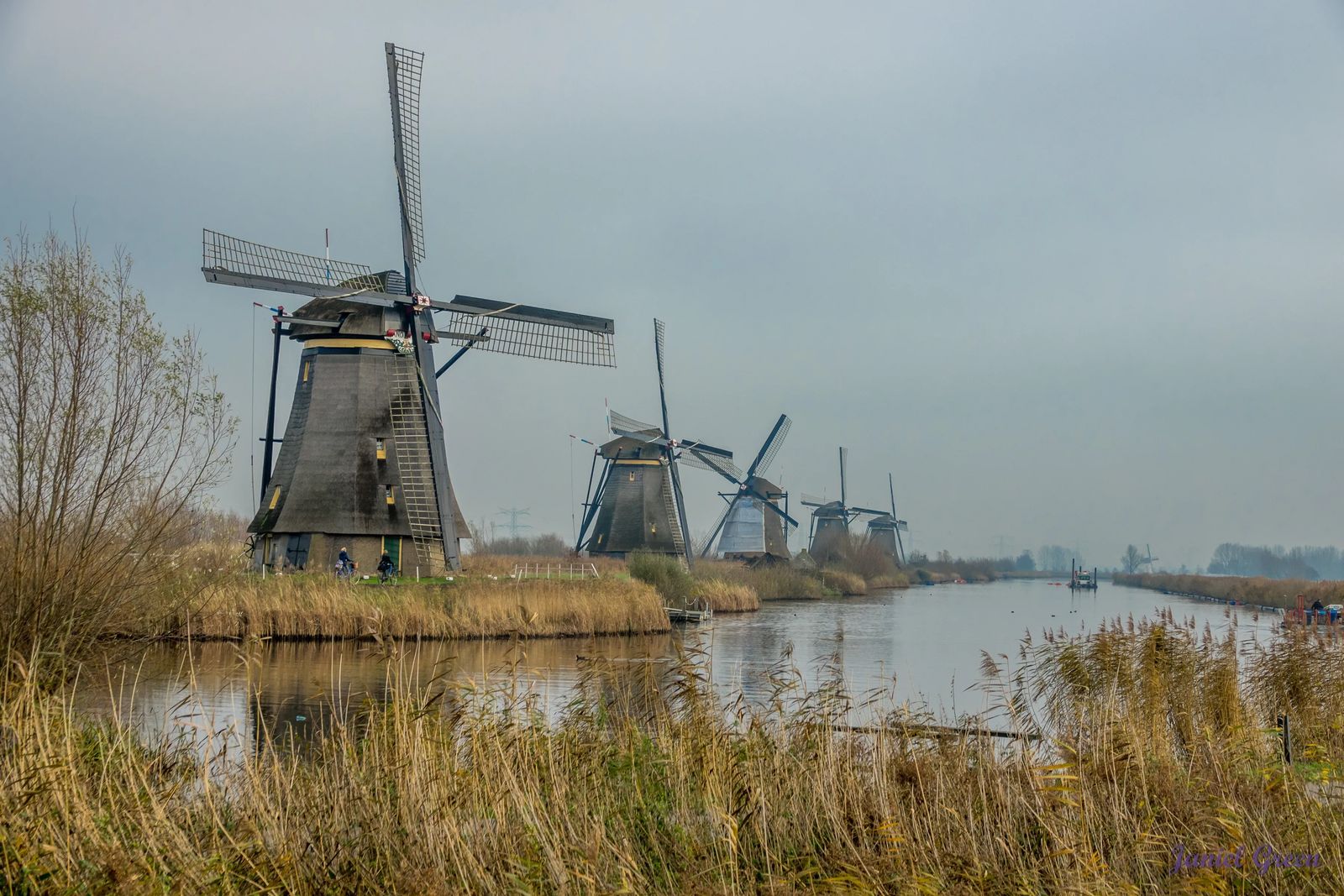
Kinderdijk Windmills : A UNESCO Heritage Site
Kinderdijk
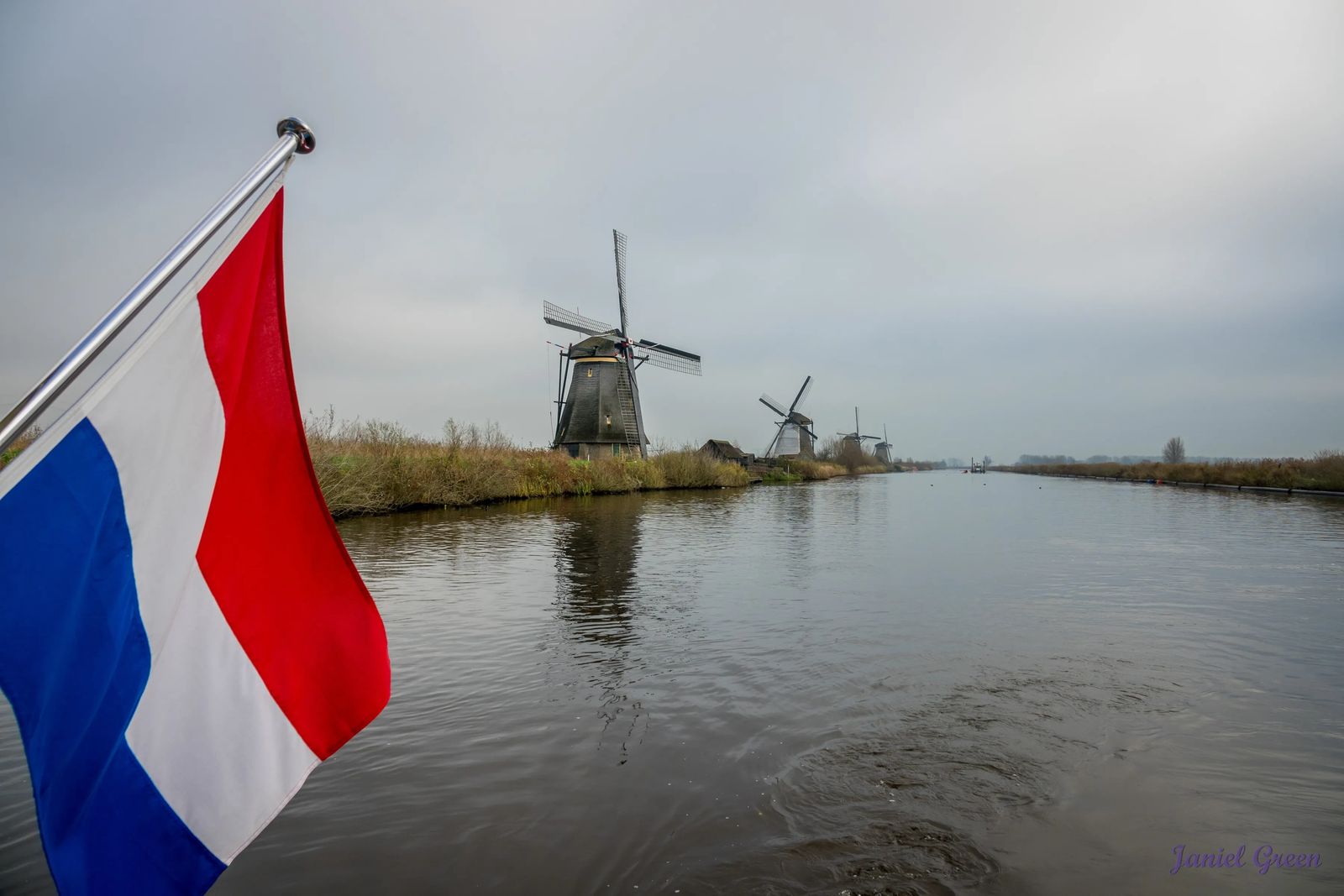
The Deadly Flood of 1421 In the Netherlands
Many people migrated into this area due to the fertile lands, and the fast-growing trade city. It was November of 1421 when anywhere from 2,000 to 10,000 people died in one of the worst floods in world history. A combination of a storm, strong tidal surge, with a harsh Northernly wind - pushed the water upriver causing the dikes to break.
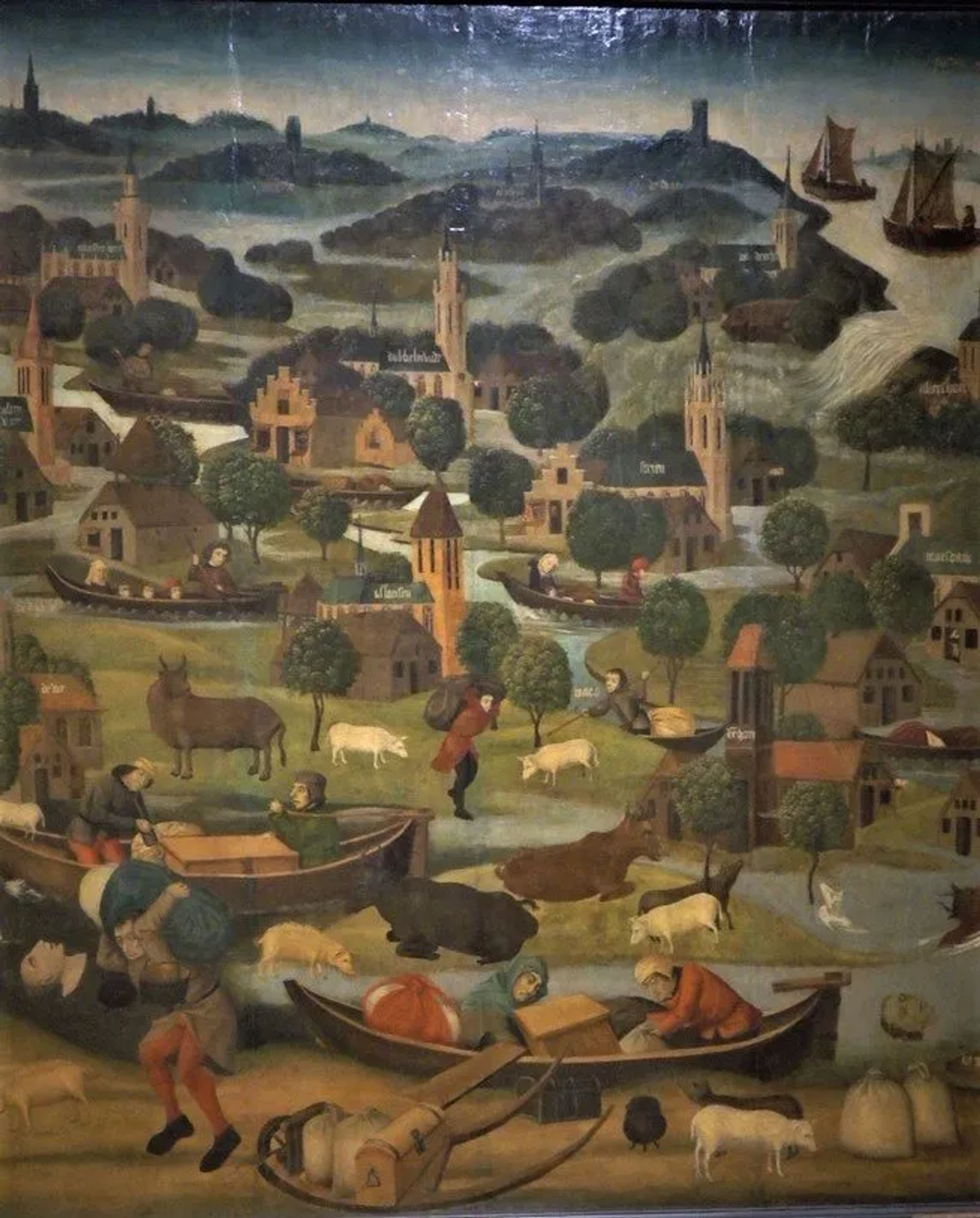
It took several days to be able to get help into the area due to the severity of the flooding. When help did arrive, there were men, women, children, animals and all sorts of debri floating in the waters of this ancient city.
If you visit the Rijksmuseum you will find a fantastic art piece depicting the deadly scene.
The Solution
With trade and the East India Company on the rise, the Dutch did what they do best....invented the Windmill. These massive engineering wonders were utilized to pump water from the low lying fields to the higher ground allowing it to drain back into the ocean.
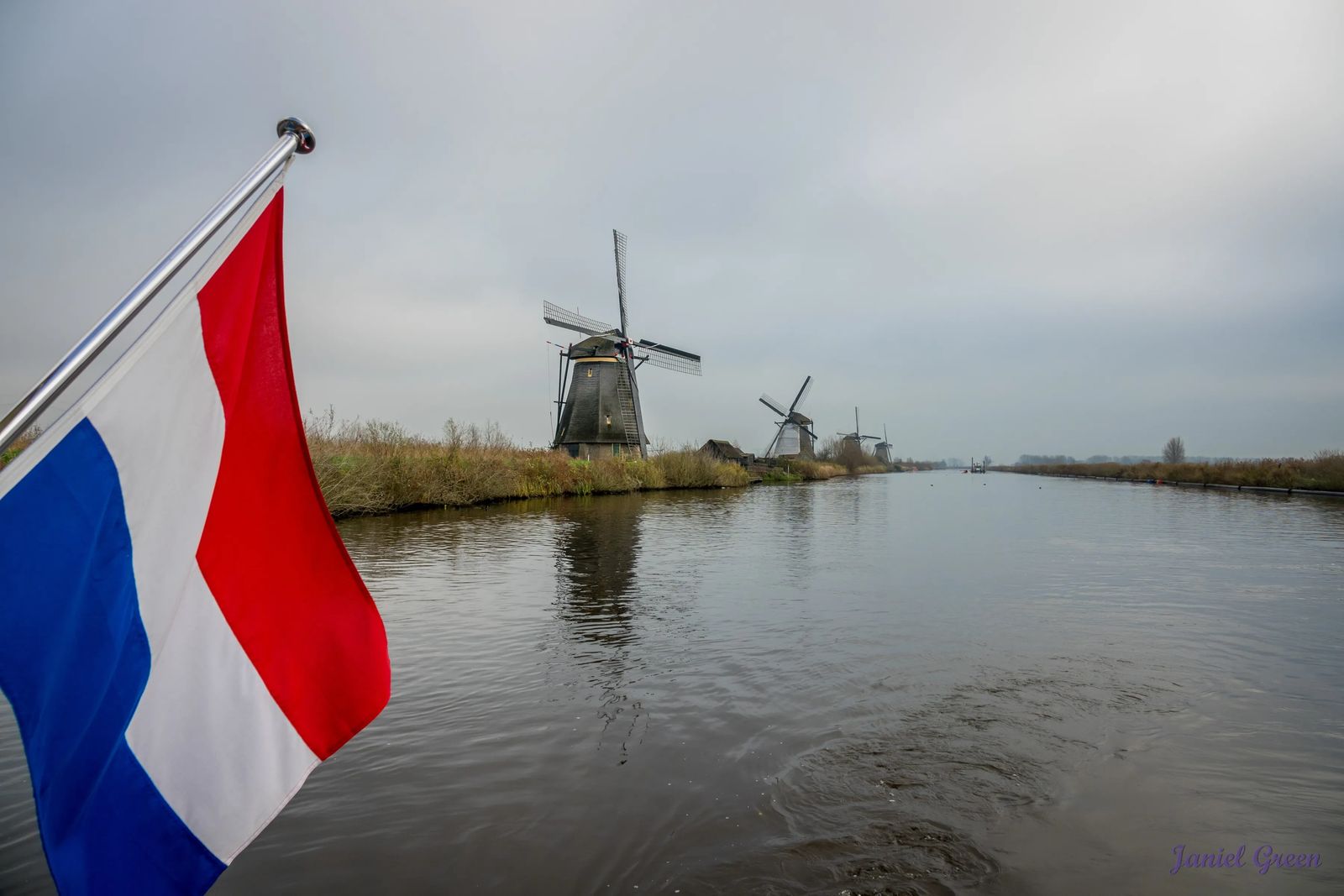
How they work
Wind hydraulics, power these clean energy plants keeping their caretakers on their toes. They were required to man the sails, run the mills when the wind blew....which could be any time of day or night. Imagine if your work schedule would rely on the wind. It gives a whole new meaning to 'where ever the wind blows'. If you visit one of the mills, be sure to ask a staff member of a tour of the place.
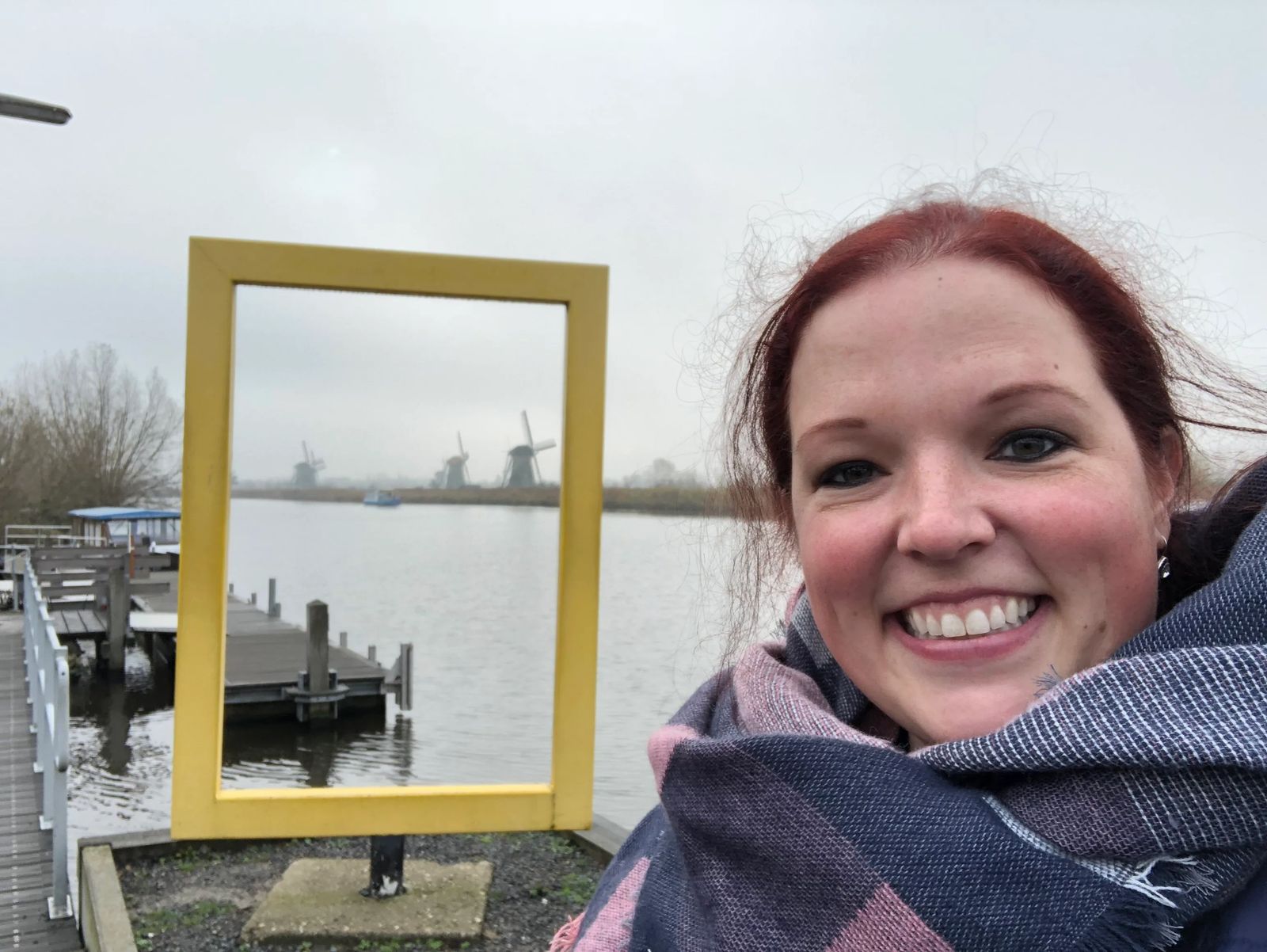
Here you will see all the inner workings of how the Dutch keep dry by utilizing: polders, high and low-lying drainage and transport channels for superfluous polder water, embankments and dikes, 19 drainage mills, 3 pumping stations, 2 discharge sluices and 2 Water Board Assembly Houses..and small boats to ferry between it all to say hello to the neighbors.
An Abandoned Masterpiece
In the 1950's they fell into disrepair as steam started to replace the wind energy. Then the Dutch Ministry of Education, Culture, and Science who provided 2.5 million Euros to help restore and repair 11 of the 19 windmills in 2008.
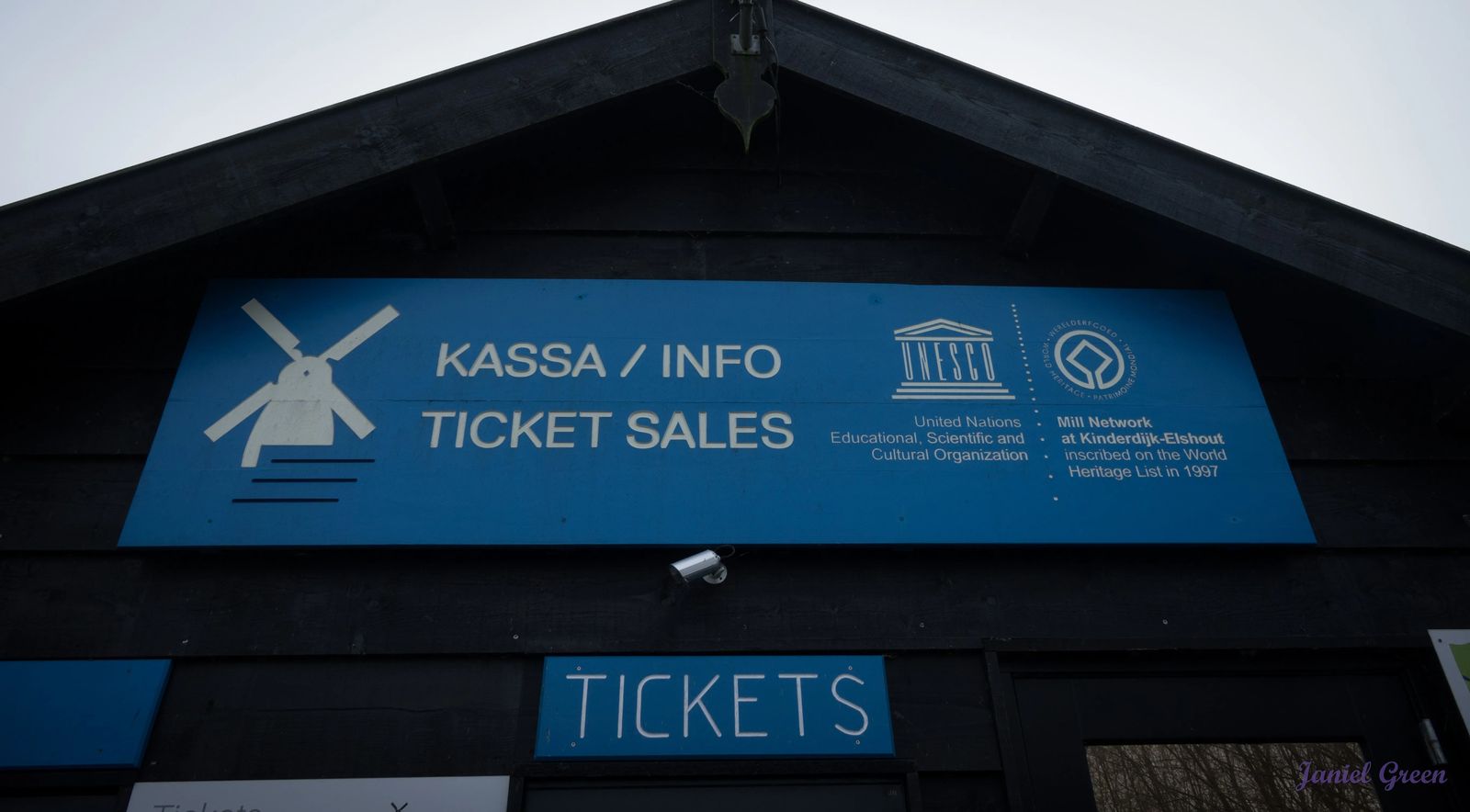
It costs about $15,000 per year to maintain these windmills, and those who live in them have committed to doing this. Each Kinderdijk Windmill resident has to pass a rigorous exam on weather patterns and specific windmill engineering.
Don't miss out on this
Be sure to visit the Mill Museums, where one of the mills still holds the unique furniture and belongings of one of the families that occupied it.
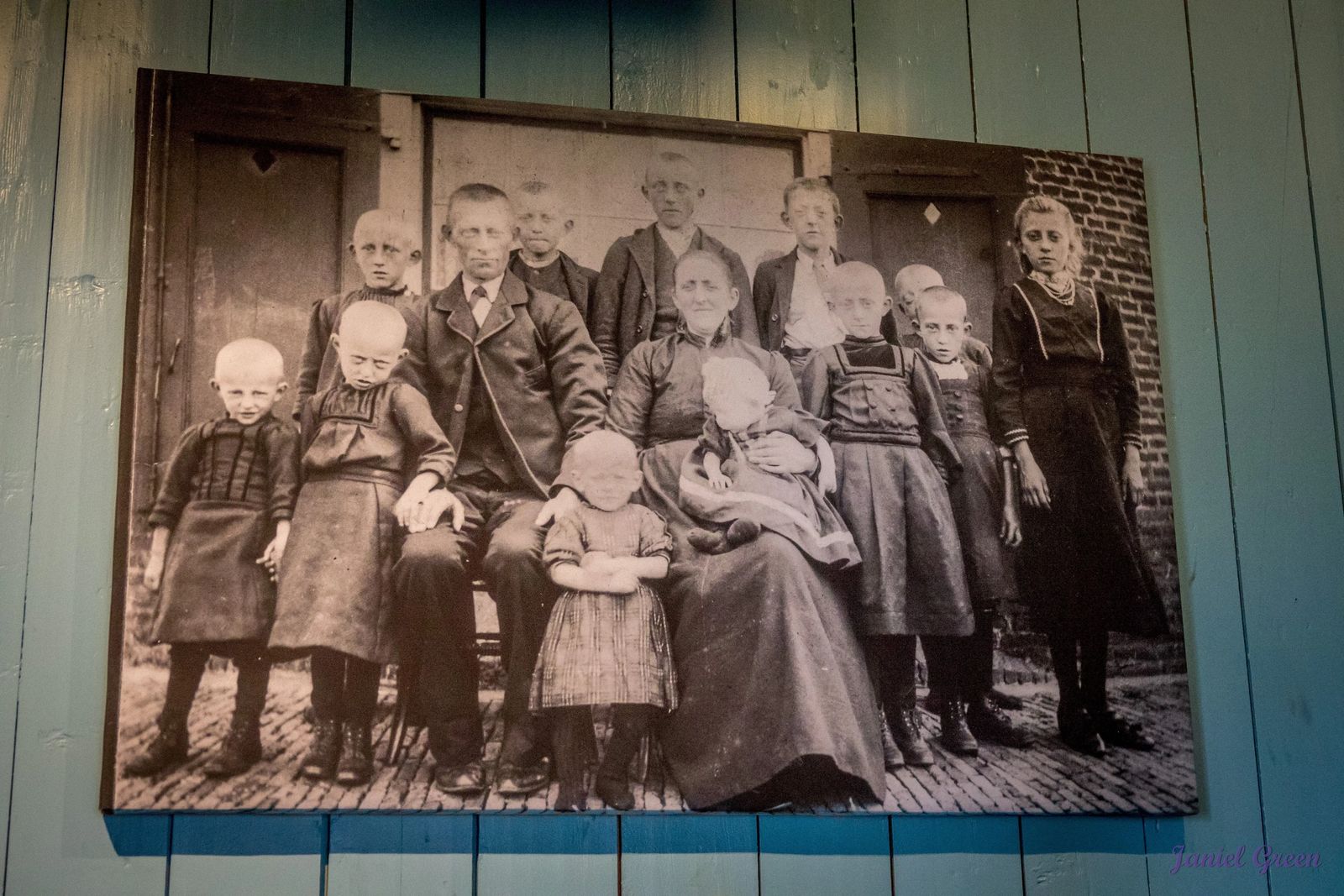

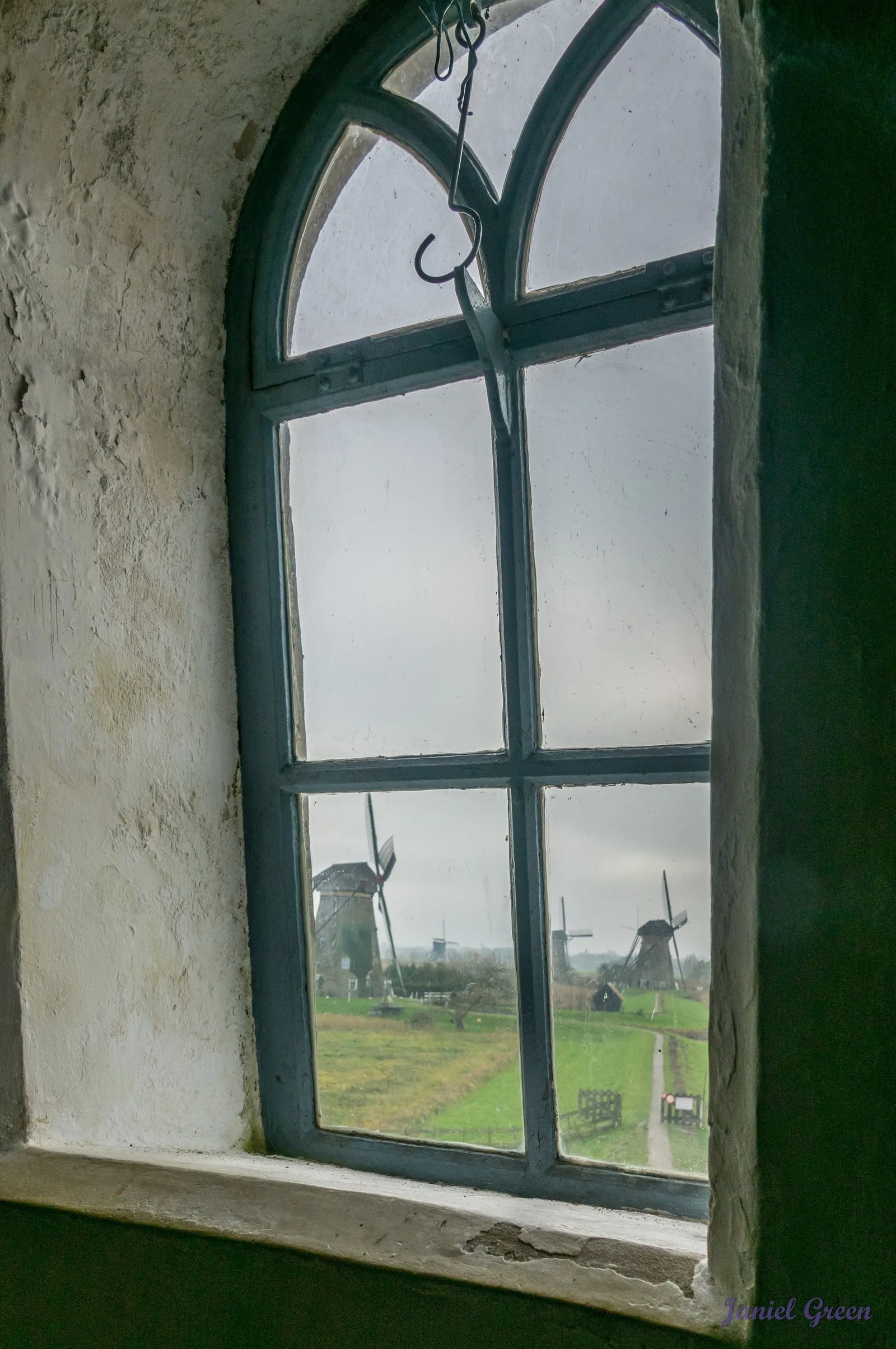
If you take the Ferry between the Mills, the cute volunteers will let you know when they will be coming back to pick you up. I really think these cute old guys just like driving the boat back and forth and meeting all the different visitors. While on the Ferry, if you look down the largest canal you may spot a baby basket.

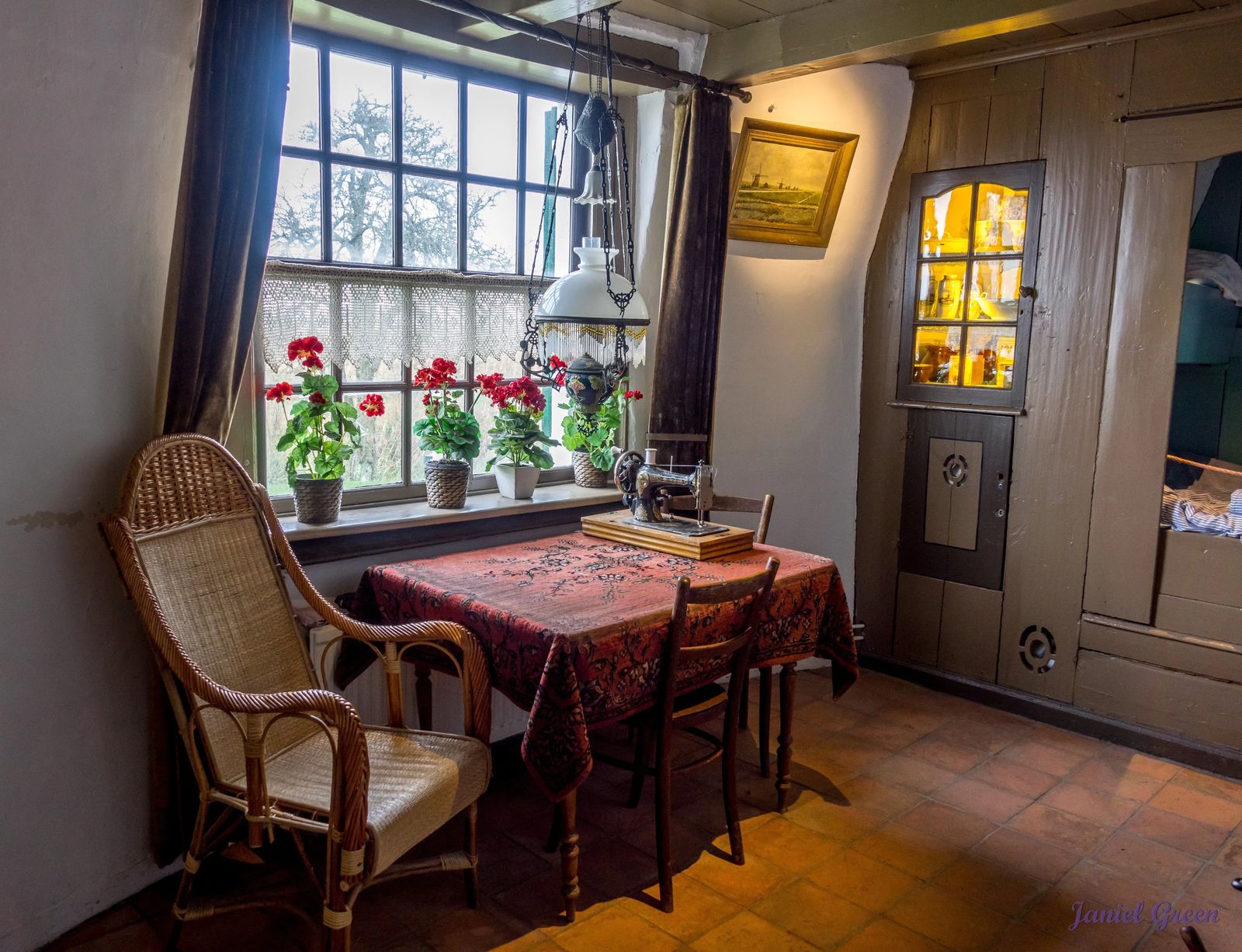

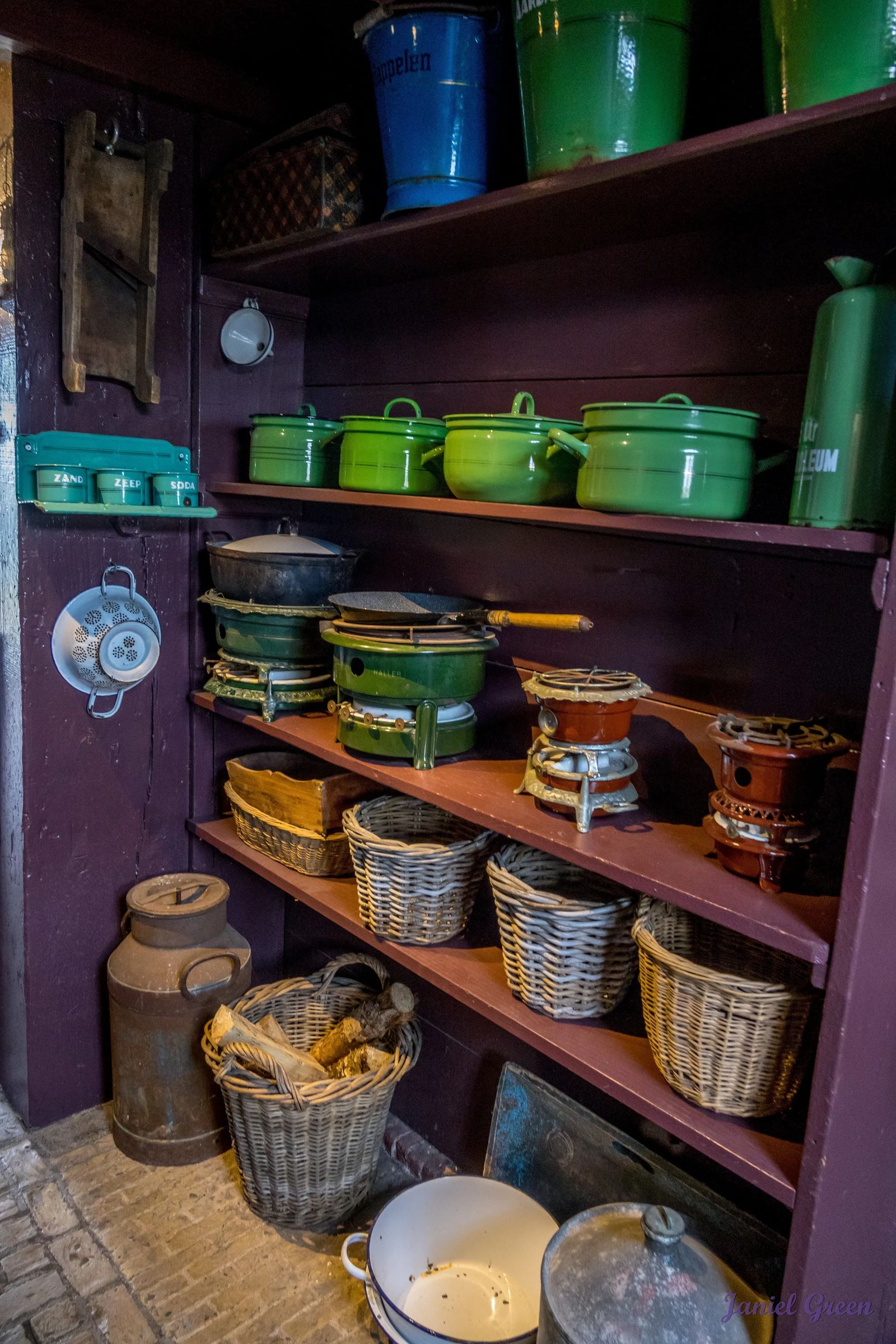
The legend is, that when the flood back in the 17th century happened, the people went to look for survivors. What they found was a large baby basket with a cat running back and forth on the top keeping it stable. (Insert Awwweee!) After the baby was found inside the basket, and the cat saved from an unwanted bath - the area was named Kinderdijk.... it means 'children's dike'
The Oldest City in the Netherlands:
Dordrecht is nearby and a must see if you love imagining how people use to live. You can see the city and how old it is with houses tilting sideways. Very few tourists here with some of the loveliest scenes. My camera was hungry to fill it's SD card to save and cherish these images.
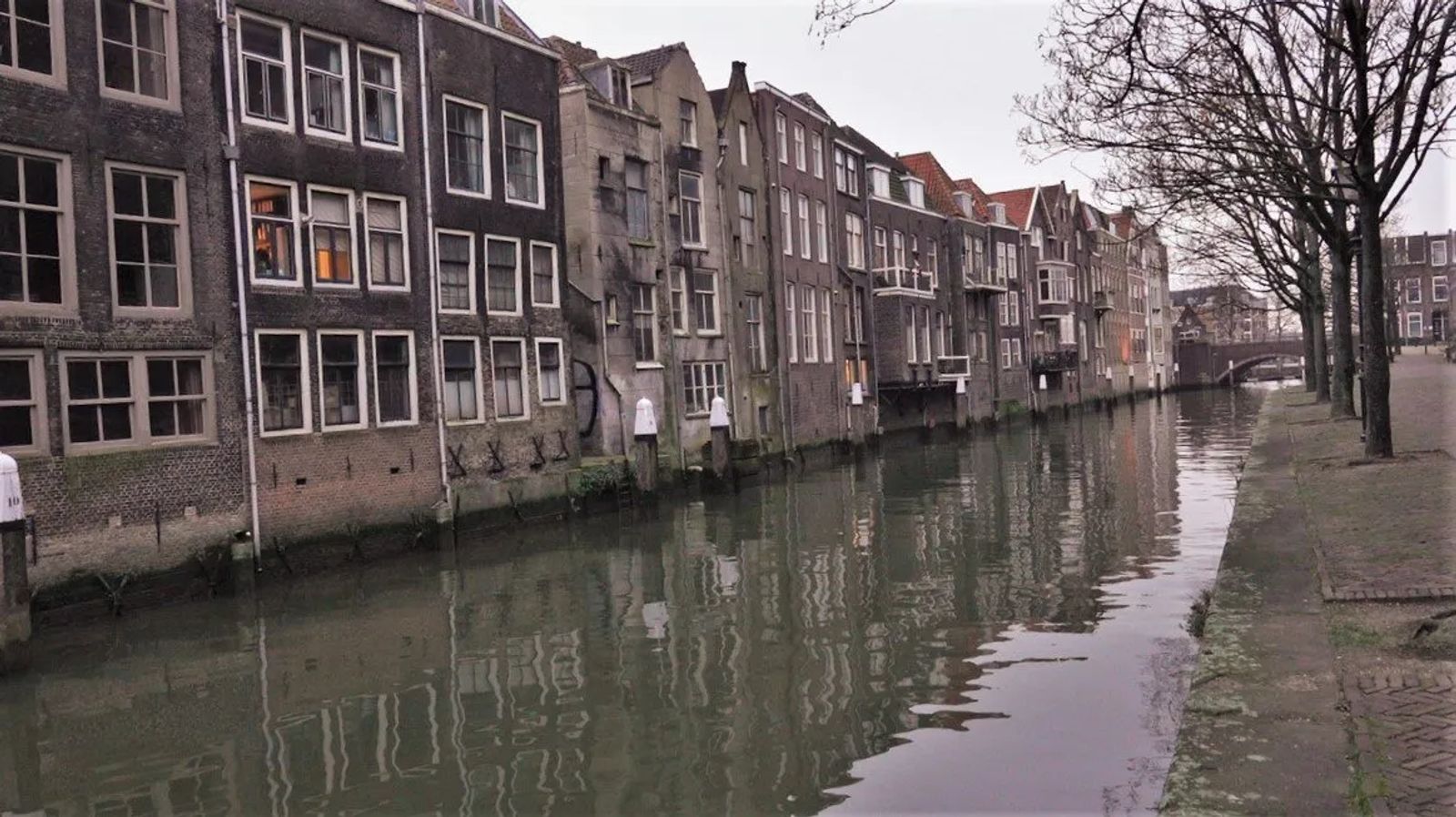
Entrance fees, costs, and other tidbits
Be careful where you buy your ticket and make sure it is from a reputable site. I made the mistake of going for a cheaper option, and then when I arrived at the museums, it was counterfeit off the internet.
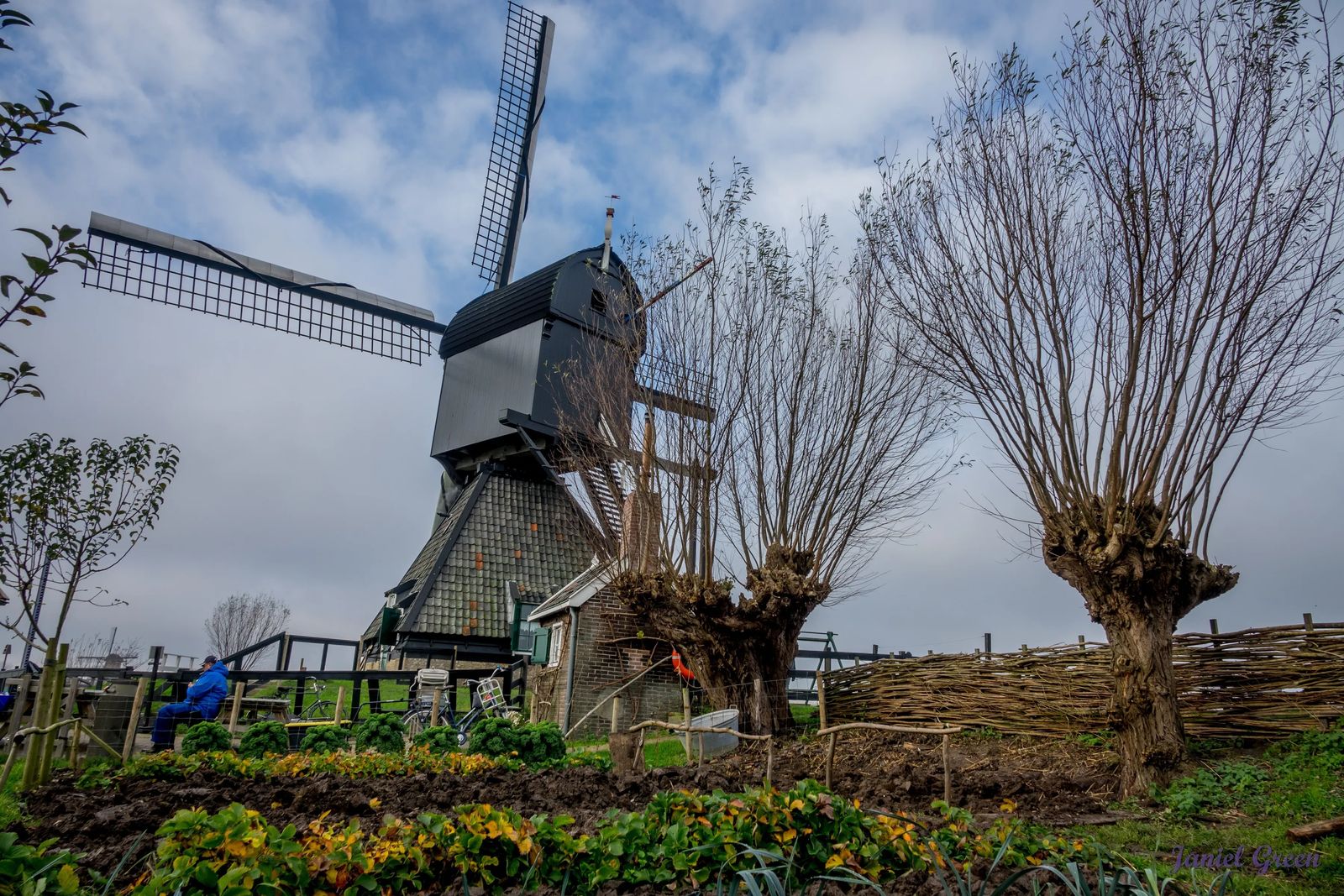
Getting to the Kinderdijk Windmills
The trip here is not too daunting, and only a one hour 16 min train and bus ride. This is starting from Amsterdam Centraal Train Station to the quaint bus stop in the little town of Kinderdijk right between Dordrecht and Rotterdam.
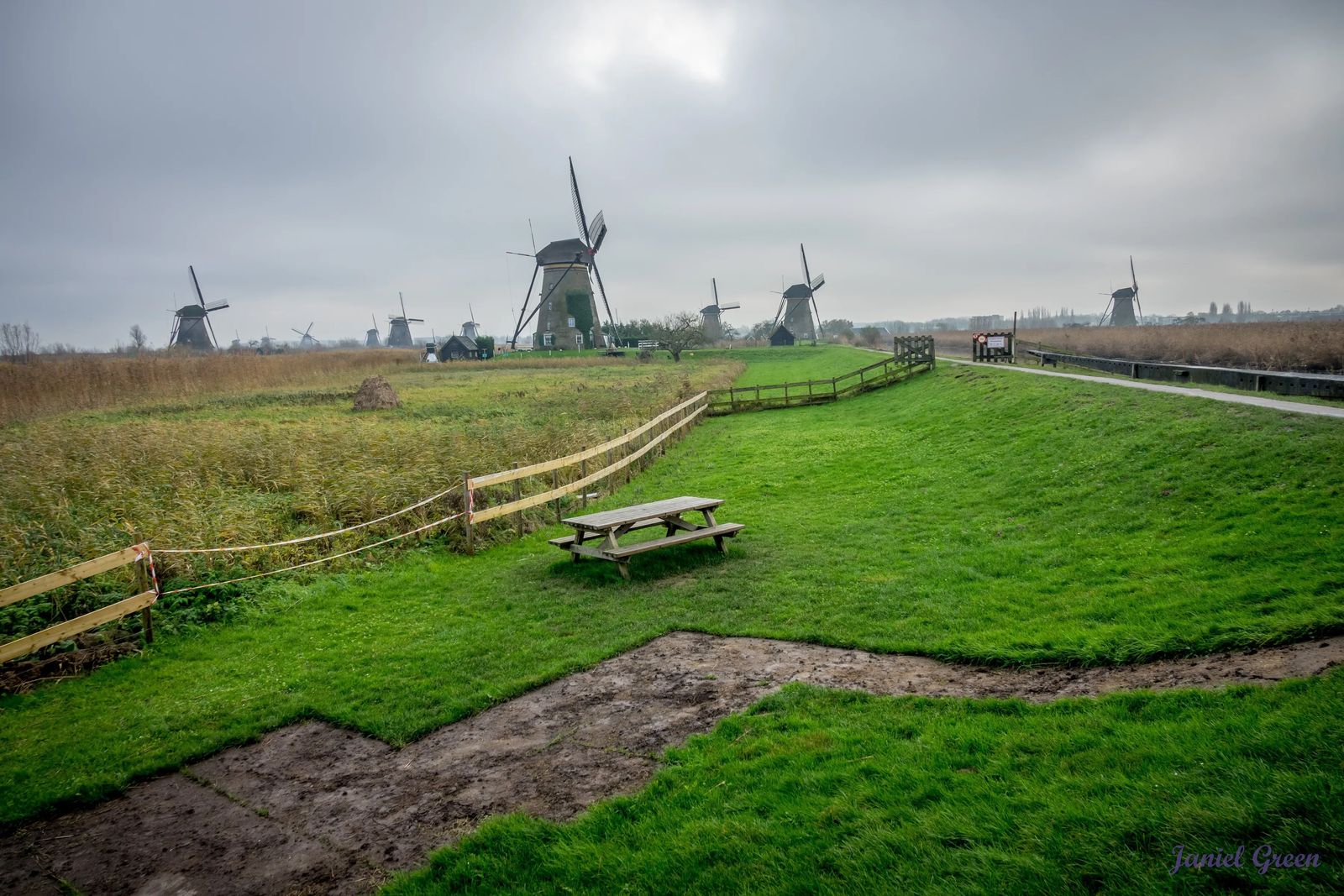
This trip will cost you roughly $14 American Dollars unless you get

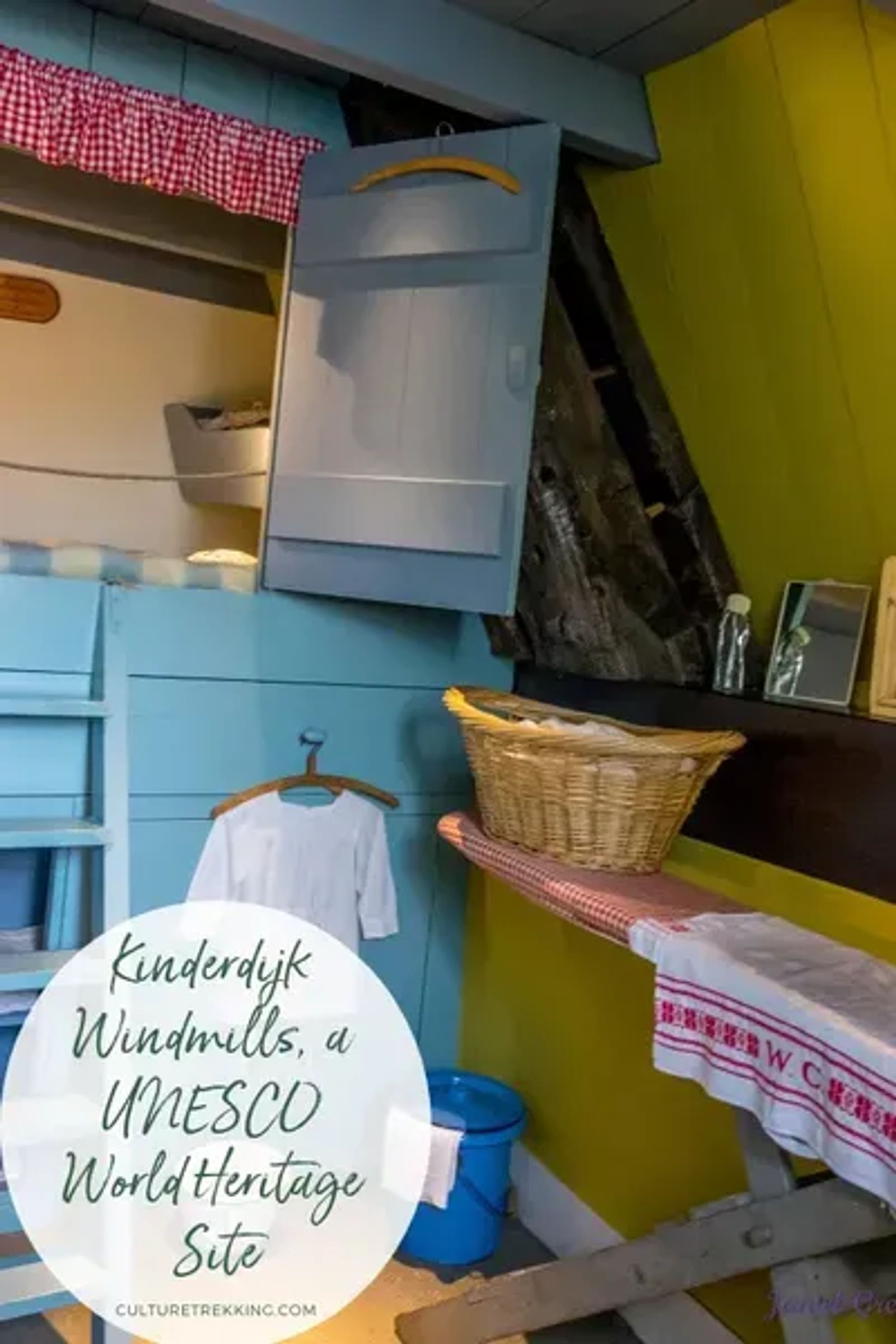
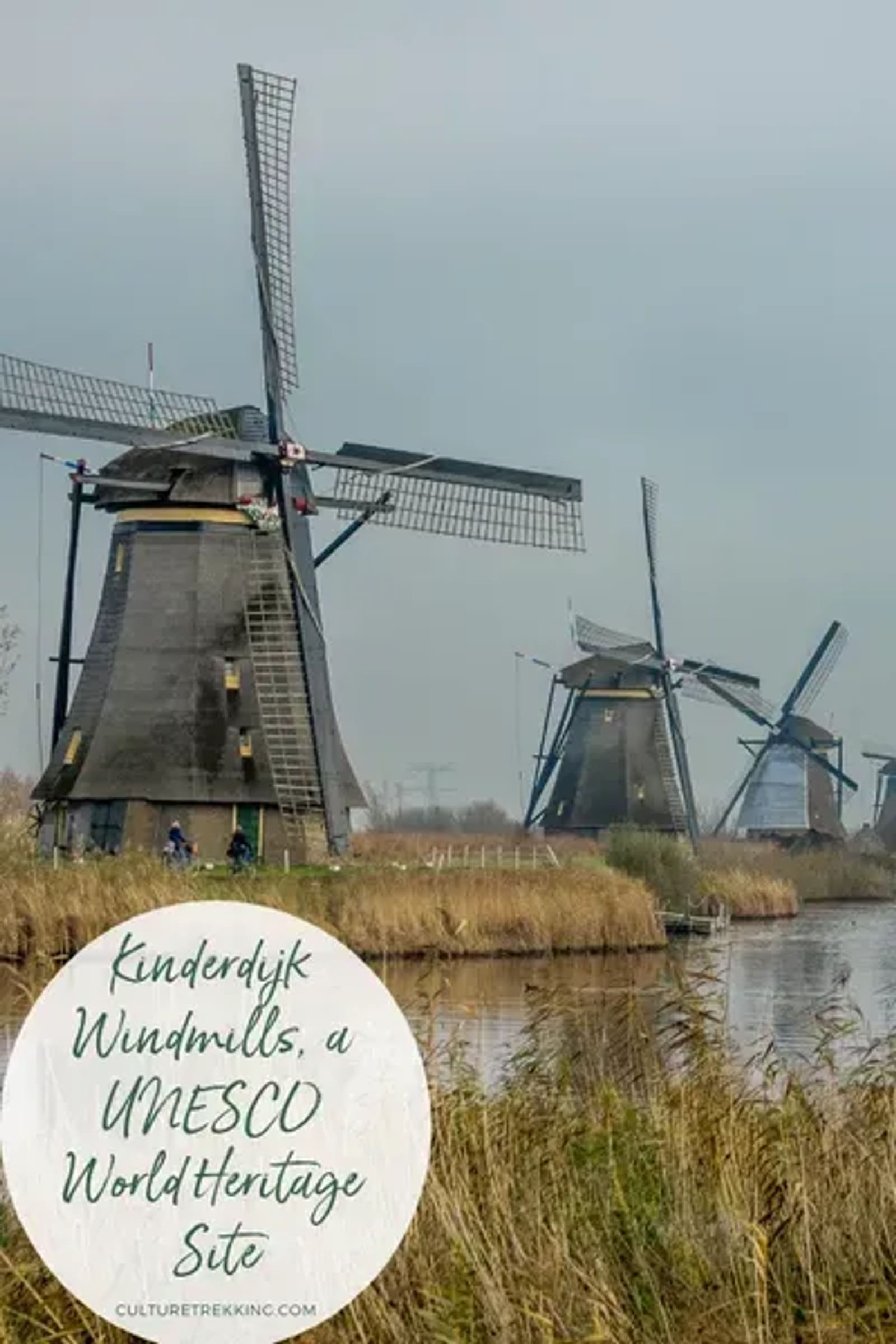
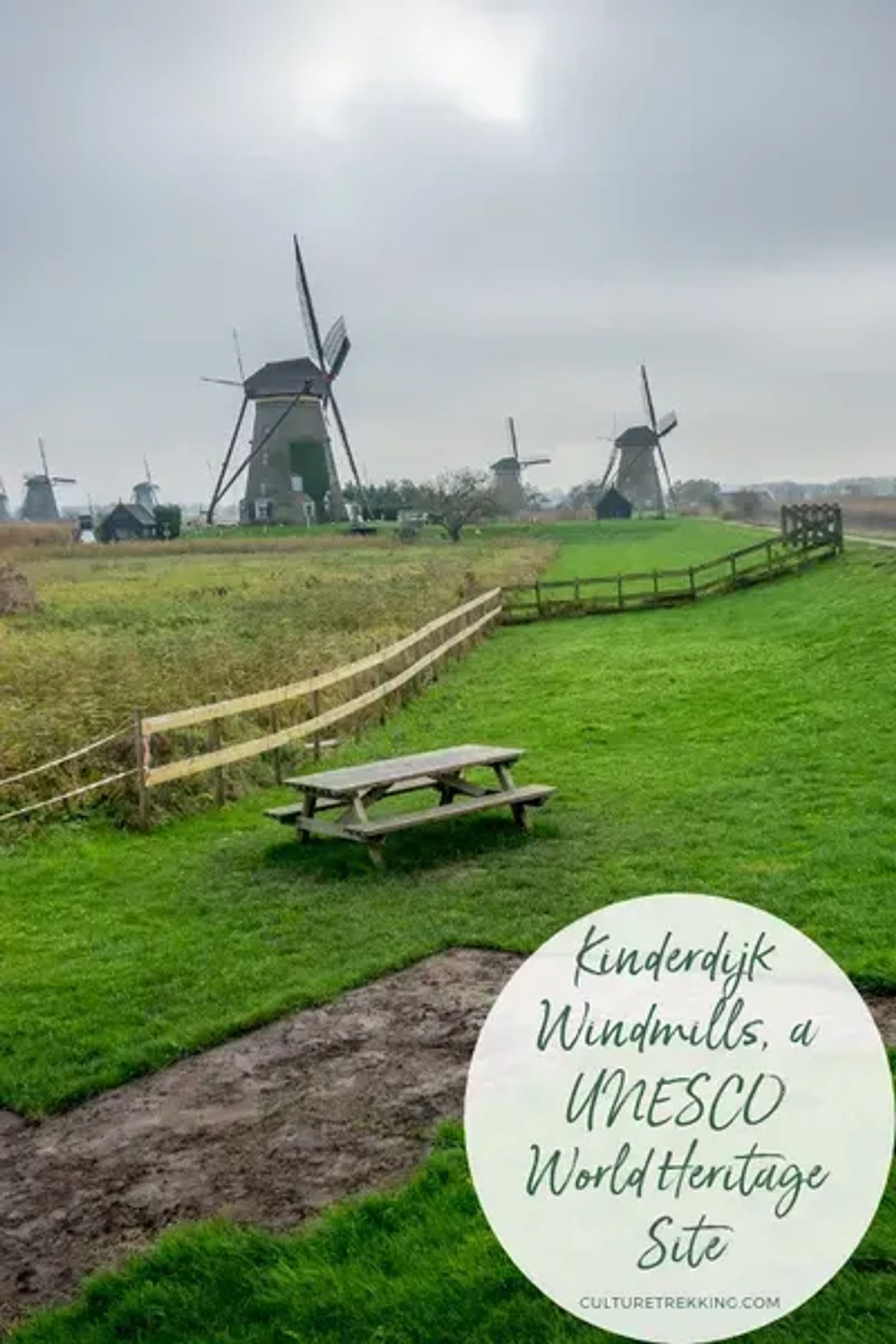

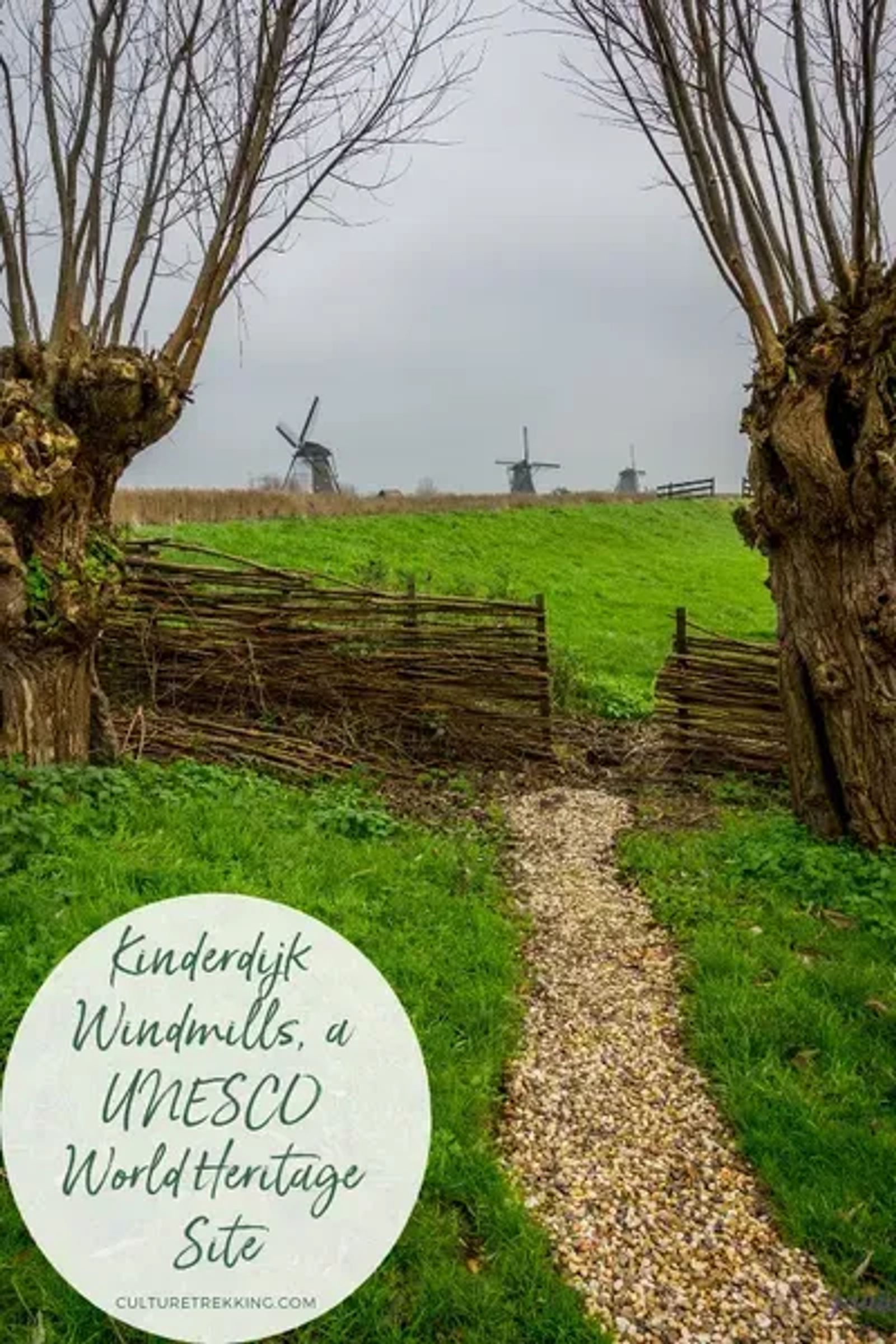

In Summary
Being of Dutch Heritage myself, knowing my Great Grandfather helped build the first Flour Mill in Utah, gave me so much pride seeing these Windmills. I love supporting anything that can provide clean energy and protect our air and oceans. Having the UNESCO Heritage Foundation name Kinderdijk a place worth preserving is reason enough to visit.

Don't forget to take the Ferry to each of the informative and detailed Mill Museums. If I were to choose between Zannse Schans and Kinderdijk, I would likely choose Kinderdijk. The reason behind this is you get to see the Windmills as they were meant to be used, and not just as a tourist trap to take pretty pictures. So if you have an extra hour to take a bus/train ride to Kinderdijk, I would highly suggest it.
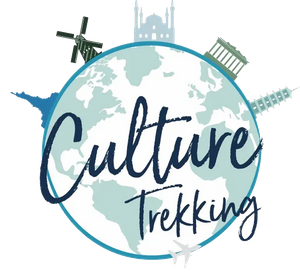

Welcome to Culture Trekking!
My name is Janiel, I specialize in solo female travel, cultural connections, sustainable adventures, food and history to help make your travel experiences fun, meaningful, and delicious. My experience in travel, and my personal story have allowed me to get published in Fodor's Travel, Atlas Obscura, Metro.co.uk, Trip Advisor, and multiple Podcast interviews. You can find me on pretty much every social media channel YouTube, Instagram, Twitter, Facebook, Pinterest, TikTok. To read more about me and my story click here. If you are a brand and would like to work with me, click here.


